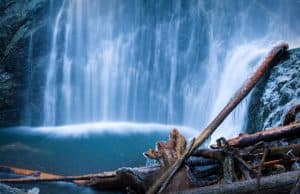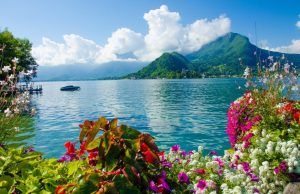This post contains affiliate links. If you click and purchase, we may earn a small referral fee at no extra cost to you. Read our full disclosure.
The Adirondack Region of northern New York is a 6.1 million-acre national treasure, thanks to the state legislature that created Adirondack Park in 1894 to keep the land “forever wild.”
The Park is the largest publicly protected area in the contiguous 48 states, larger than Yellowstone, Everglades, Glacier, and Grand Canyon National Parks combined.
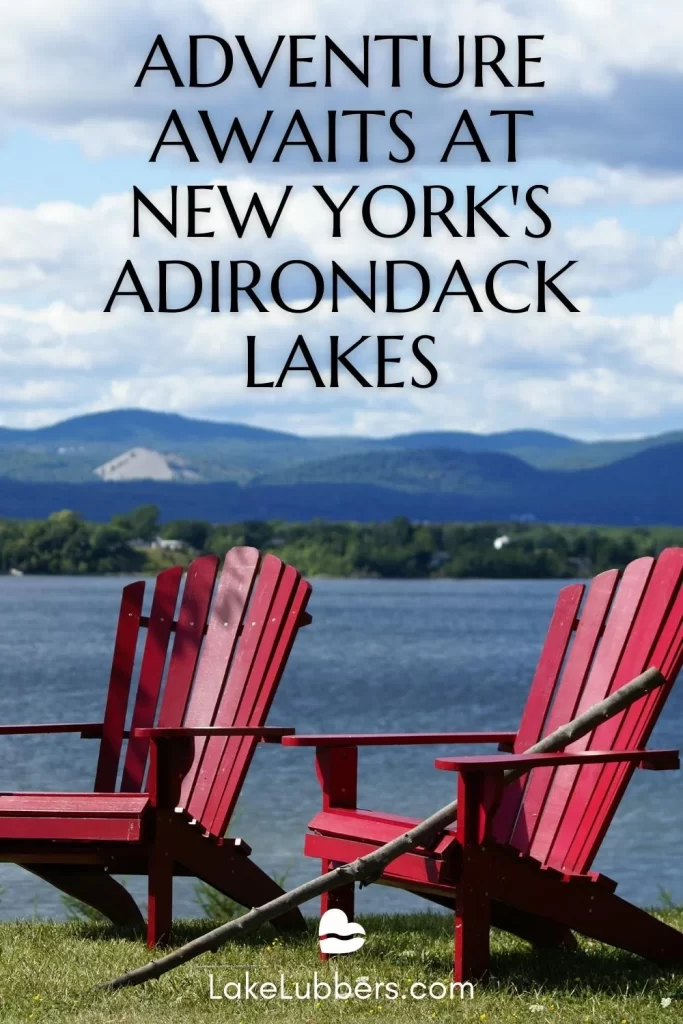
Contained within these 6.1 million acres are the Adirondack Mountains, consisting of more than 100 summits ranging in elevation from 1,200 feet to over 5,300 feet. The famous Adirondack “High Peaks” refer to the highest 46 peaks originally thought to exceed 4,000 feet.
The region contains pristine lakes and rivers, forest wilderness, and quaint villages. About half of the land is publicly owned, and the rest is privately owned farms, homes, businesses, camps, and timber lands regulated by the Adirondack Park Agency.

History of the Adirondacks
The word ‘Adirondack’ derives from a Mohawk word that means “tree eaters,” referring to neighboring Algonquian tribes that ate buds and bark of trees when food was scarce.
An American geologist, Ebenezer Emmons, named the Adirondack Mountains in 1838 and introduced the public to this wilderness through his writings.
And what about the Adirondack chair, a universal symbol of relaxation? Thomas Lee is credited with inventing this unique chair in 1903, recognized for its wide armrests and sloping seat and back. Through trial and error, Lee crafted a lawn chair that his large family could enjoy each summer at Westport, N.Y., on Lake Champlain.

The Adirondacks today

Today, the Adirondacks are synonymous with outdoor recreation – by boat, bike, or on foot. Cyclists will discover cycling routes over quiet country roads and through scenic mountain passes with stunning panoramas.
Hikers will discover over 2,000 miles of trails, from family-friendly treks to challenging climbs to High Peaks vistas. And for water enthusiasts who enjoy boating, sailing, canoeing, and kayaking, the number of lakes and ponds in the Adirondacks is estimated at 3,000.
The most famous Adirondack lake is 2,170-acre Lake Placid, the host of two Winter Olympics (1932 and 1980) and site of the epic “Miracle on Ice” hockey game in 1980. Lake Placid is a quintessential four-season lake. Whether looking to canoe or kayak on a pristine lake, scale a majestic mountain, catch a trophy-sized trout, take a hair-raising bobsled ride, or simply browse through the Village shops, Lake Placid delivers.
The Adirondack Scenic Railroad connects Lake Placid with the Saranac Lakes – Upper, Middle, and Lower. The Saranac Lakes, with a combined acreage of almost 8,400 acres, offer visitors peaceful islands, incredible Adirondack vistas, and beautiful waters to explore.
The Lakes began to support tourism in the mid-1800s, and the clean waters and mountain air established them as a leading health resort area. Today, the Saranac Lakes are still known for their natural beauty and restorative qualities.
The three lakes are inter-connected, so long-distance paddlers can challenge their endurance with a 20-mile trip through two sets of locks from Upper Saranac Lake to the Village of Saranac Lake at the exit of Lower Saranac Lake. The Village offers historic shops, art galleries and lakeside parks.

The Fulton Chain of Lakes
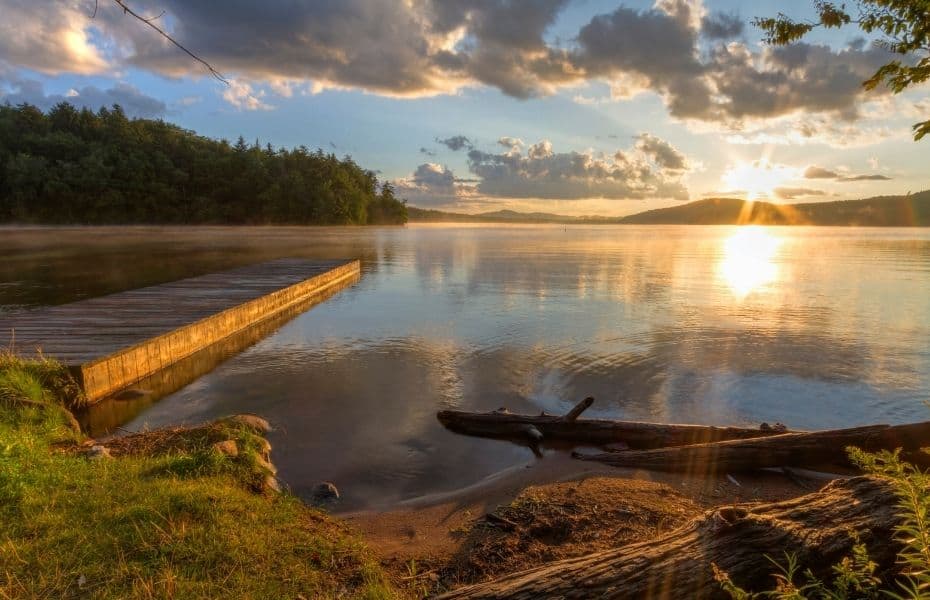
The Adirondack Scenic Railroad continues to the town of Old Forge and the Fulton Chain of Lakes, a chain of eight sparkling lakes with a combined size of 4,400 acres. Named for Robert Fulton, the steamboat inventor, the First through Fourth Lakes are actually one long lake separated by narrow straits.
Fourth Lake is the largest (2,050 acres) and most popular of the chain. Portages are necessary to access Fifth through Eighth Lakes. Fulton envisioned connecting all the lakes with an “Adirondack Canal,” but the canal system was never built.
Although welcoming all types of boats, the Fulton Chain is known internationally for its Adirondack Canoe Classic, a three-day, 90-mile canoe race.
A great way to experience the beauty of the Fulton Chain is by cruise boat, including the U.S. mail boat, the oldest continuously running freshwater mail boat service in the USA.

Other can’t-miss lakes and things to do in the Adirondacks
Lake Placid, Saranac Lakes, and Fulton Chain of Lakes are a sampling of many spectacular Adirondack lakes. Visit the Adirondack Museum at Blue Mountain Lake.
Great Sacandaga Lake offers 26,880 acres of prime fishing, camping, water sports, and trails for hiking, biking, horseback riding, cross-country skiing, snowshoeing, and snowmobiling.
And don’t forget 28,000-acre Lake George , nicknamed Queen of American Lakes, and described by Thomas Jefferson as: “Lake George is without comparison, the most beautiful water I ever saw.”
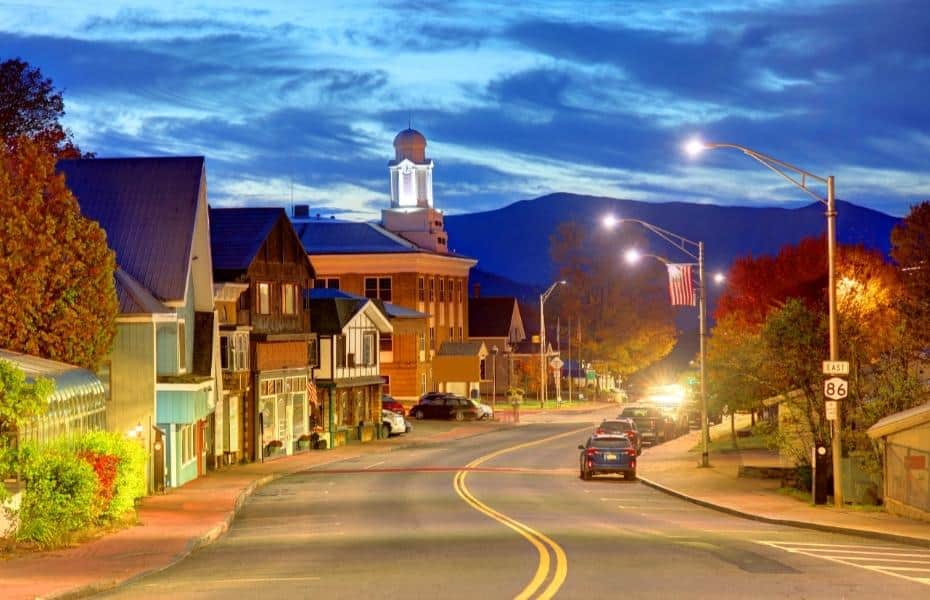
Explore Lake Placid, Home of the Epic ‘Miracle on Ice’
The Village of Lake Placid, New York, is known for it’s pastoral beauty, as well as serving as host of two Winter Olympic games. There are a number of reasons you’ll want…

